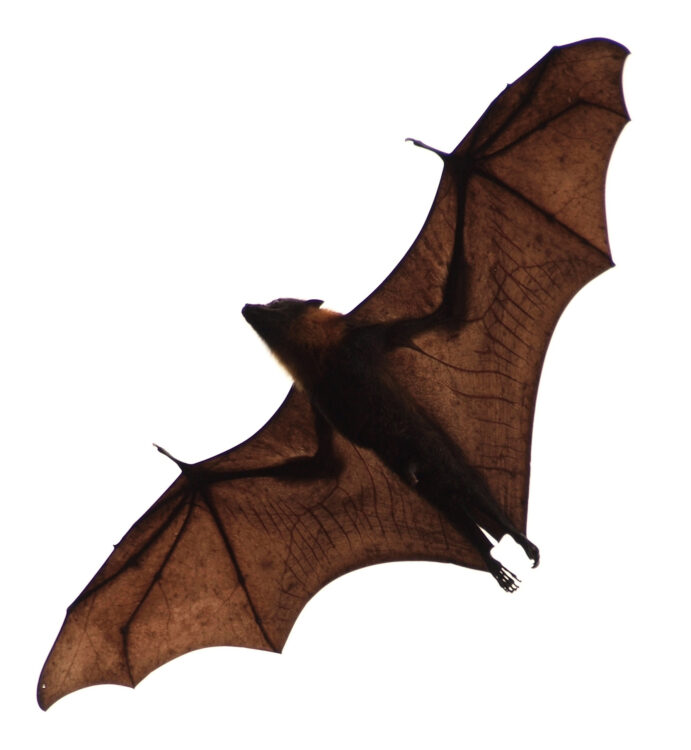In the wake of COVID-19, bats have swooped into the spotlight due to their ecological role as natural reservoirs for viruses. Some of these viruses, such as SARS-CoV-2, can cross into different species, becoming zoonotic viruses. But despite the cocktails of viruses existing in bats across over a thousand species, they remain mostly asymptomatic when infected. Aside from their impressive immune systems, bats, belonging to the order Chiroptera, are also the only mammals capable of powered flight. While those two facts might seem unrelated, research has shown that they are more intertwined than we think.
“Aside from their impressive immune systems, bats, belonging to the order Chiroptera, are also the only mammals capable of powered flight.”
As a part of the Bat1K project, which is a consortium of bat researchers and enthusiasts around the world dedicated to uncovering the mysteries within the genomes of the roughly 1,400 bat species on Earth, Dr. Ariadna E. Morales and a team of researchers generated high-quality genome databases for ten species of bats and investigated the connection between genetic immune system adaptations and the evolution of powered flight within the Chiroptera order. In a genome-wide screening comparing the bats’ genomes to other mammals throughout evolutionary history, the team confirmed that significantly more immune genes were positively selected across the bat species compared to other orders, including rodents and primates. By determining when in the evolutionary timeline these genes were selected, the team was able to conclude that distinct immune adaptations occurred very closely to the time when bats diverged and evolved powered flight.
One specific immune response gene present in bats and humans is ISG15. The ISG15 protein encoded by this gene can exist in two forms during a viral infection: a single protein unit known as a monomer, or two identical units joined together to form a dimer. As a monomer, ISG15 is responsible for discouraging viral replication inside of cells, and as a dimer, it exits the cell and promotes an inflammatory response. In human patients infected with COVID-19, this protein was shown to be highly expressed in both forms. In bats, however, a single sequence mutation prevents the formation of the dimer, keeping the protein inside the cells and preventing it from triggering an inflammatory pathway.
Why would it be evolutionarily beneficial for bats to prevent an inflammatory response in the presence of an infection? Powered flight is an energetically demanding activity. Bats require an increased rate of metabolism to produce the energy needed to propel their bodies through the air during flight. However, this increased metabolic rate can heighten the risk of producing reactive oxygen species, harmful byproducts that can cause inflammation leading to chronic immune disorders, cancer, and aging. Despite these risks, bats manage to live for decades in the wild, defying lifespan expectations for animals of their size.
With emerging research, their longevity is now connected to their relatively weakened inflammatory response. If a bat’s innate immune response is triggered strongly by any of the numerous infectious viruses they carry, the resulting inflammation in addition to the constant stress their bodies face from flying could cause severe tissue damage and quickly become lethal. By dampening their innate immune system responses through genetic mutations over evolutionary history, it is likely that bats are able to counteract the inflammation that arises from their hyperactive metabolism. This fascinating find further solidifies bats as a promising model in comparative biology since humans constantly deal with overactive inflammatory responses in the form of autoimmune diseases and severe cases of respiratory illnesses including COVID-19. While the Bat1K project currently remains in its early stages, these initial findings are a promising start to uncovering the secrets of longevity and disease resistance nestled in the genome of these furry flying wonders.






